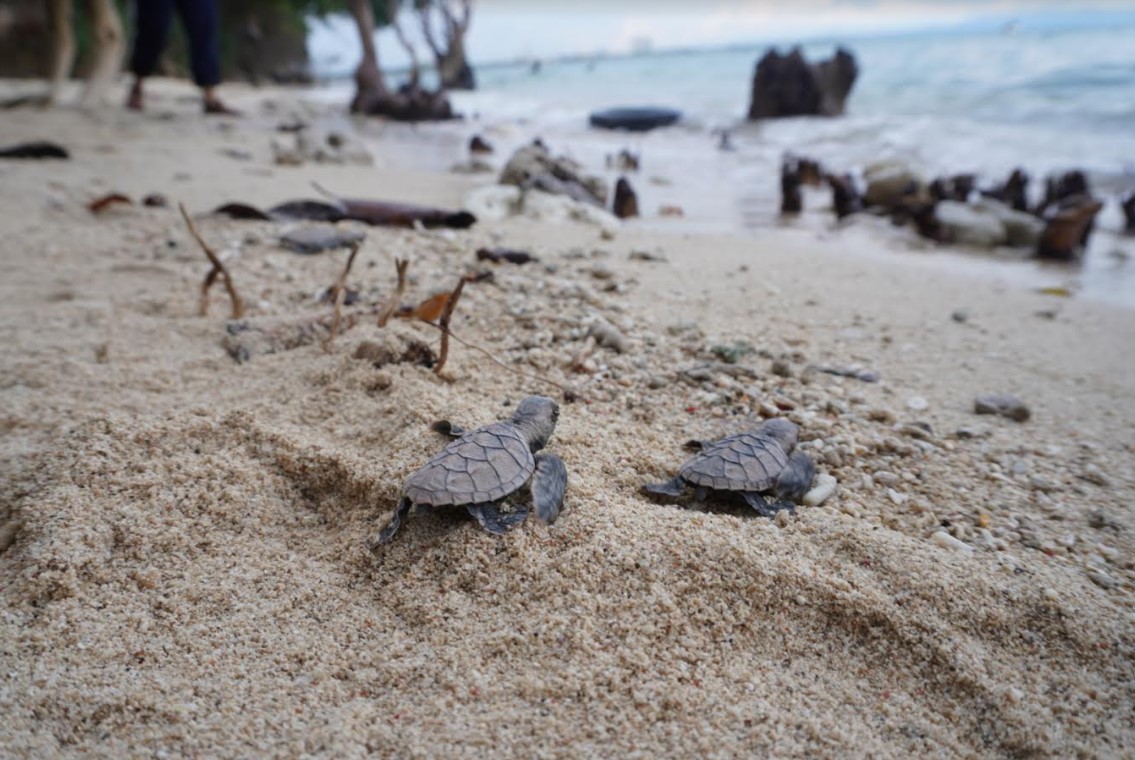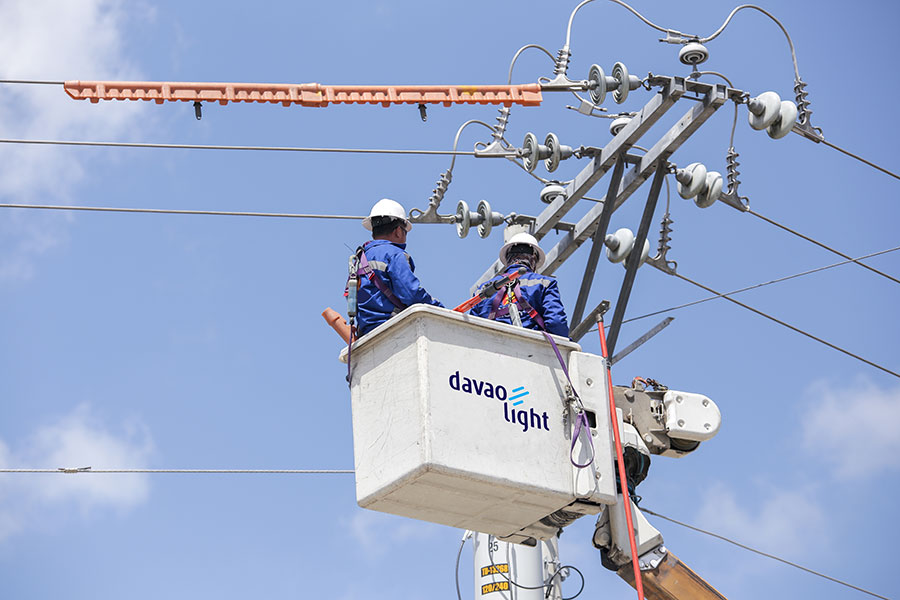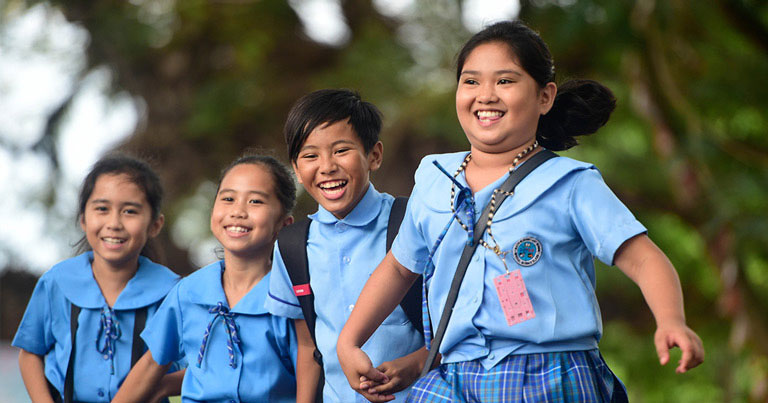In 2017, a female pawikan (turtle), exhausted and injured from forcing her way through the vegetation, was rescued in the Aboitiz Cleanergy Park’s mangroves. She — later named “Turtle Cleanergy” — was saved, rehabilitated, and then released by the Department of Environment and Natural Resources (DENR) Region XI.
Fast forward to 2021, and Turtle Cleanergy makes her way back into the park. Marine biologists find two new nests by her, and of another new pawikan — perhaps her recruit — which makes for nine discovered nests, all found in the first half of 2021 alone.
More turtles are finding their way to the eight-hectare ecological preserve and biodiversity conservation site, which is perfectly situated along the coast of Punta Dumalag, Matina Aplaya, Davao City. Since its launch in 2014, the park has become home to a mangrove and coastal forest, almost 100 endemic migratory bird species, marine animals, and the critically endangered hawksbill, green Sea, and olive ridley turtles.
The returning Turtle Cleanergy and a second female relative — maybe a sister or a cousin (they call her “Turtle Hope”) — are believed to be the origins of several nests discovered in past years, even way before Turtle Cleanergy’s rescue. This includes one nest in 2014 and 11 nests in 2017. These conclusions were based on tissue samples and DNA studies undertaken by students of the University of the Philippines Mindanao and Dr. Ruth Gamboa, a marine biologist from the same university.
Pawikans are known to return faithfully to the same beach where they were born or previously nested. Hawksbill turtles, the species to which Turtle Cleanergy and Turtle Hope belong to, typically lay eggs in two-week intervals. Each female generally lays three to five nests each season. This year, Turtle Cleanergy has laid three nests so far, while Turtle Hope has laid two.
“DENR XI is in strong partnership with AboitizPower subsidiary Davao Light and Aboitiz Foundation for the [care of] Cleanergy Park, which has long been a safe nesting place and recovery area for rescued sea turtles,” said DENR Region XI executive director Bagani F. Evasco. “We are grateful for the conservation efforts of Aboitiz through the park. It is truly a testament to their continued commitment to protecting and conserving the environment and the wildlife species around the area.”
“With the sea turtles coming back and laying eggs through the years, the Aboitiz Cleanergy Park has successfully lived up to its purpose of protecting and preserving the area and its flora and fauna, despite the daily environmental threats such as pollution and soil erosion,” said Davao Light president and CEO Rodger S. Velasco.
It was almost ten years ago when Davao Light, the Aboitiz Foundation, DENR XI, and the Davao City government entered into a joint memorandum of agreement establishing Aboitiz Cleanergy Park as a Pawikan Rescue Center. This is in support of the United Nations Sustainable Development Goal 14, focusing on Life Below Water. The regular returns of Turtle Cleanergy and Turtle Hope in the last seven years, along with the continuous arrival of new pawikans show that the conservation efforts are fruitful.
Visitors of all ages are welcome to visit the Aboitiz Cleanergy Park. A tour inside might just turn into something better as one might be lucky enough to participate in the release of pawikan hatchlings.
Interested locals and tourists can set an appointment by messaging Davao Light’s email davaolight@aboitiz.com.
This article first appeared in the Lifestyle section of the Manila Bulletin.



